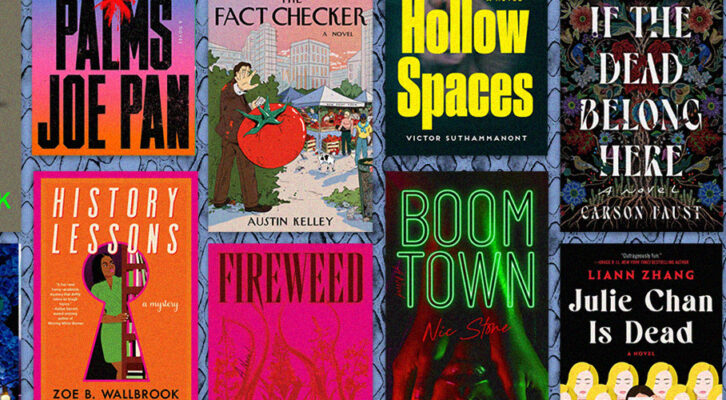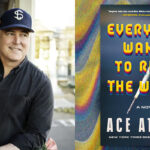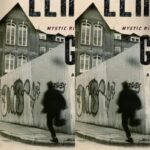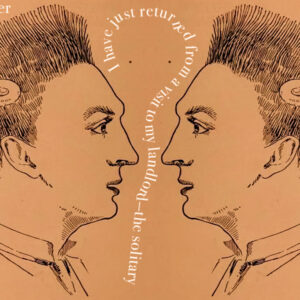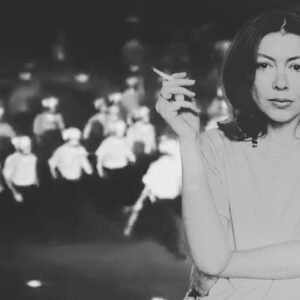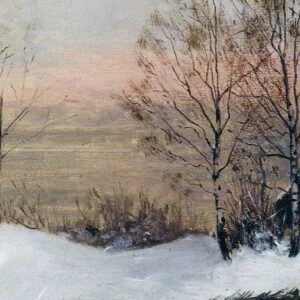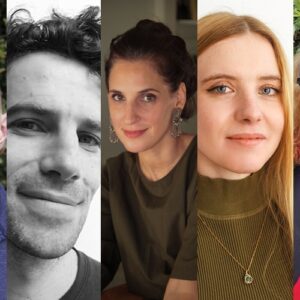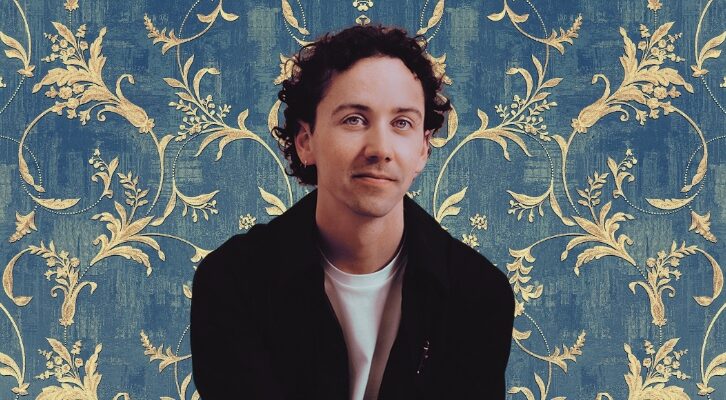
Against Homophobic Traditionalism: The Revelations of Writing Queer Historical Fiction
Phil Melanson Argues on Leonardo da Vinci, Bad Reviews, and Bucking History'’s Heteronormativity
“I’m not against homosexuality,” the Goodreads review stated. “But….”—and isn’t there’s always a but following such a sentence?—”I [do not] want to read a plot of mainly homosexual, or bisexual, or any sexual activities.” This reader’s takeaway? “The author”—who I should clarify is me—”was much more interested in writing a homo-erotic [sic] story than an actual historical fiction novel.”
When I read this review, I knew it was latently, if not blatantly, homophobic. (I don’t think a smattering of gay sexual encounters in a three-hundred-and-sixty-eight-page book constitutes a plot of “mainly” sexual activities.)
But I found I couldn’t disregard this review, not fully. I knew I was once guilty of sharing some of its perspective. For most of my life, I too thought of historical fiction and queer fiction as inherently disparate spheres; I saw them as oppositional modes of writing. Only through the writing of my first novel—mutually queer and historical—did I learn that I was wrong—that the historical novel is uniquely fertile soil for queer writers.
I grew up seeing historical novels accumulate on my parents’ white-painted bookshelves. There were the wide hardcovers with U-boats and Spitfires that were my father’s Tom Clancy and Ken Follett novels. And then, sequestered to a different shelf were my mother’s historical novels, ones that always seemed to have girl in the title: Girl with a Pearl Earring, The Other Boleyn Girl, Shanghai Girls.
I read widely, hungrily throughout my adolescence, but never these. They were my parents’ novels, not mine. I saw no avenue for my own existence in their stories: not in the supposedly masculine bravado of fighter jet pilots nor in the quiet but always alluring ladies-in-waiting. I saw only a binary, the same binary I perceived everywhere I looked in my childhood.
I saw no avenue for my own existence in their stories: not in the supposedly masculine bravado of fighter jet pilots nor in the quiet but always alluring ladies-in-waiting.
And yet, during my undergrad years, when I began writing my own stories, they almost always had a historical setting. At the time, I was embarrassed by this. I still held onto a notion that historical fiction was in some way dusty and traditionalist. I felt as if I were writing not as my twenty-something gay self, but instead play-writing as an older, straight version of myself.
In my early, reluctant historical fiction efforts, I still preserved the boundary between the historical and the queer. I was woefully anxious about anachronisms, so I told myself inserting any sort of queerness would be false, reminding myself that the term “homosexual” wasn’t coined until the nineteenth century, that our current ideologies around sexuality manifested themselves differently in past eras, and so on.
I decided that if I was going to write in the historical genre, I was going to do so like Hilary Mantel: I was going to perhaps offer new perspectives but still ultimately adhere to the irrefutable facts of the historical record.
Then the historical record complicated my efforts. I wanted to write a novel about the early, troubled career of Leonardo da Vinci, something in which I could comprehend the lines between art and commerce. So when I learned in my research that Leonardo was accused twice during his twenties of engaging in sodomy with a male sex worker, I was surprised, confounded, and ultimately inspired.
I wondered why this fact was kept out of my classroom studies of Leonardo, and I began considering if these accusations might provide a possible explanation as to the other questions I held about his early career. I had found the fulcrum of my story, found what Mantel once described as “the point when the satisfactions of the official story break down.”
Still, I was skittish. By focusing on Leonardo’s personal life, by placing emphasis on a sexual life within a historic context—I worried I was misappropriating the historical genre. I sought permission from scholars to render Leonardo this way, even when these same scholars chose not to comment on the same evidence which I could not ignore.
Eventually—and not without the help of therapy—I realized it was the seeking of this permission that was the inherent problem. To obsess over how to label or accurately describe Leonardo’s sexuality was missing the point. If I believed he held attraction to other men, then my work as a fiction writer was to consider, to imagine what that attraction might have felt like, to him, in the Florence of his youth.
I was miring myself in a fatuous academic debate around labels and anachronisms, when, as a novelist, they weren’t my primary concern. My interest, my realm was—and should be for all historical novelists, I’d argue—the personal: desires, anxieties, inspiration. Everything internal.
This isn’t to say I wanted to disregard the diligent work of historians and the extant historical record. I still wanted to maintain a Mantel-esque historical fidelity, and I could: I had gone to Florence and held in my hands the fifteenth-century ledger that named Leonardo as a sodomite. Heavy and yellowed and smelling of must, that was history to me.
And its use, for my efforts, was different from that of a historian. A historian could look at that ledger and consider how many accusations were false, could compare arrests against accusations, could situate this in a cultural context against other European cities during the Renaissance.
As a novelist, however, I had different set of tools through which I could consider this ledger, could consider the past. I could imagine what it might have felt like to find oneself accused. How one might worry about their father hearing such news. How a fear of sex might manifest itself in a painter’s brushstrokes.
This is a potential of the historical genre for queer fiction: to render a queer existence which has been omitted, neglected, or has simply failed to be considered by our existing histories. My adolescent self—and that Goodreads reviewer—thought “actual” historical fiction was a wholly different mode from historical fiction.
But I’d argue that is actually the historiographical process of writing effective historical fiction, the method of bringing into question the sometimes slanted but almost always precarious constructs of history themselves, that is an ideal match for writing queerly.
Might a queer approach to historical fiction ask new questions and offer new perspectives? Provide a needed provocation? It could be a manifestation of what Judith Butler was articulating when they described queer as “a site of collective contestation, the point of departure for a set of historical reflections and future imaginings.”
To these efforts, queer historical fiction offers an unexpected remedy: it holds the potential to create, preserve, and challenge—all at once.[/pullquote]This is not an exercise to solely play with the past. With the Trump-era National Park Service removed any mention of transgender people from its webpage for the Stonewall National Monument, we are bearing witness to the real-time erasure of queer history.
To these efforts, queer historical fiction offers an unexpected remedy: it holds the potential to create, preserve, and challenge—all at once. In this form, I think it’s a true embodiment of the verb queer—not its once-derogatory meaning, but its original usage, dating back to the fourteenth century: “to ask, inquire.”
______________________________

Florenzer by Phil Melanson is available via Liveright.
Phil Melanson
Phil Melanson is a graduate of New York University and the University of Warwick. A former movie marketer for Universal Pictures and Sony Pictures, he now lectures in film and television for Boston University. He lives in London. He is the author of Florenzer.










